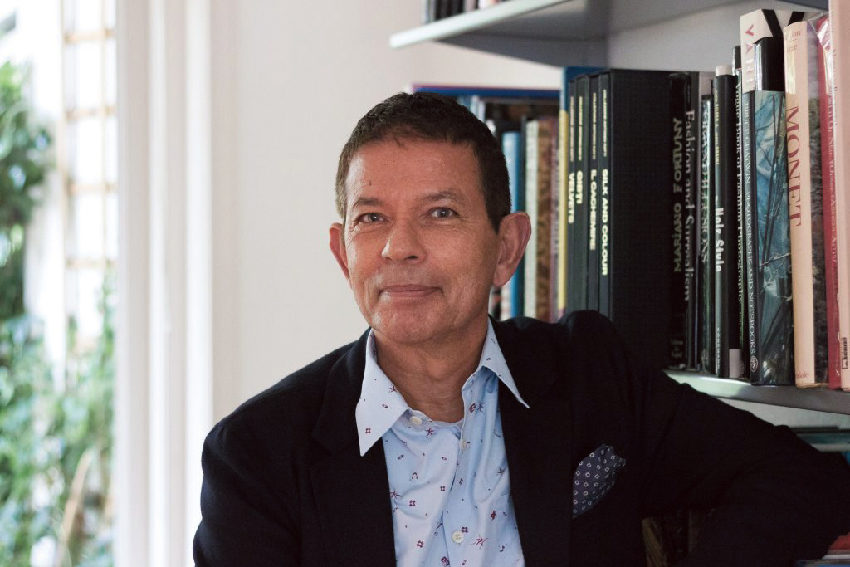Cities Are the New Nations

If you thought urban life was already stressful, crowded and unremitting, then get ready for even more complex city futures, writes FAD guest David Shah.
Fifty years ago, less than a third of the world’s population lived in cities: in 50 years’ time, that figure will have more than doubled to 70 per cent as changing agricultural patterns force rural dwellers into urban migration.
It will be a world crowded with over 40 megacities – especially in the Far East where huge urban complexes such as Beijing, Delhi and Jakarta will start to suck in existing satellite cities to form population hives of 50 to 60 million. No matter what part of the world we will live in, the outlook will be urban and purposed for cultivation, extraction, industrialisation and contamination. We will no longer be part of nations, but see ourselves, just as in Renaissance Italy, as members of city states.
The challenges and issues facing governments and urban planners are exponential – future energy and food sources; environmental and health systems; sustainability issues; transport mechanics for people, goods and data; housing and renewable building materials; a new welfare capitalism; and complete connectivity… to name a few!
The trouble is that in many areas, especially in the West, we have been late confronting the problems of our own very cities’ futures. For many years, cities were seen to be victims of economic decline and hotspots of social breakdown and environmental decay. De-industrialisation, poverty issues and downsizing were thought to be eating away at communities and civic structures. Cities were seen as dinosaurs, extinct leftovers of the
Industrial Revolution.
Now, we see everything in a new light. A new urban narrative is taking hold with cities portrayed as centres of economic dynamism and huge melting pots of cultural and ethnic diversity that will nourish innovation, foster productivity and provide the amenities and opportunities to attract the talent to generate solutions and better standards of living of our future cities. In fact, it’s already started. Cities are in fashion once again amongst consumers, tourists and physical transformation already visible on renewed industrial land sites and waterfronts.
Imagine a nomadic life where we will be moving not necessarily from country to country but from rented accommodation to rented accommodation and project to project. Imagine a life where, as our fellows in India and the Far East already experience, we will be living in Legostyle adaptable houses that house grandparents, parents and grandchildren where the kitchen and living room are community meeting points, your bathroom the spa and your bedroom you point of escape. Imagine a communal approach to living and working where you share cooking and operating area to counter lack of rental area.
It will be a new adventure, a new coexistence spent largely indoors, so quality of life and well-being will become massive areas of concern. Escape and relaxing will become massive areas for product development – virtual and real, analogue and digital from drugs to space tourism.
The future of our cities is a concern to us all. Not tomorrow, but now.
This is an edited version of David Shah’s introduction to Viewpoint Magazine’s latest issue
David Shah: Determining the Future
Saturday, October 7,
2pm, Open State Hub, Victoria Square
fad.org.au